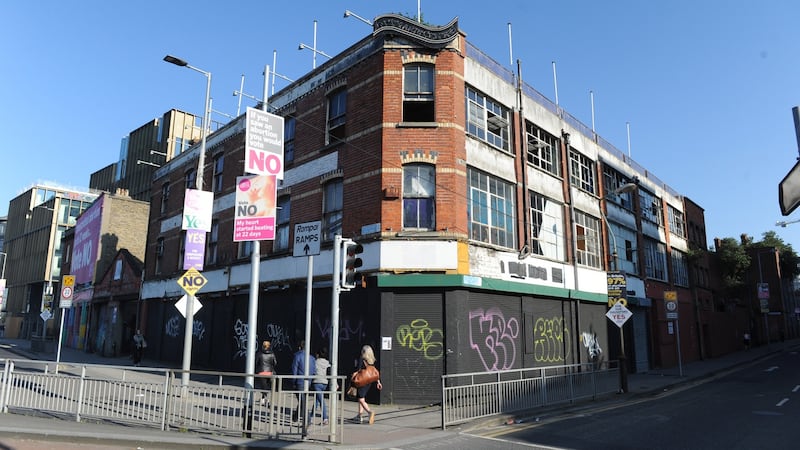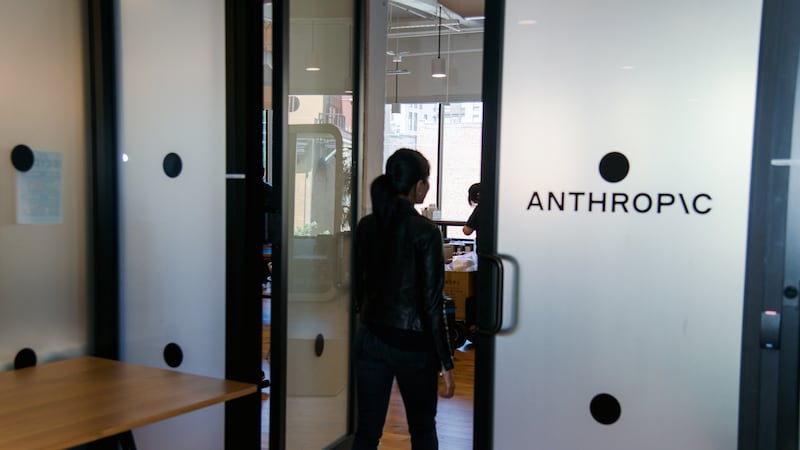2021 was the year of “stop and go” in the development land market as the first six months transacted in the shadow of coronavirus and its associated lockdowns. The first semblance of normality arrived around summertime as larger numbers of people made their way back to their offices and with this we saw a significant increase in demand for sites as purchasers pinned their hopes on an exit from the pandemic.
Alas, while this was not the case, we can now confidently say that the market has come to terms with living with Covid-19. Unfortunately, the pandemic wasn’t the only obstacle in the way of development this year. The Government’s Housing For All plan and the recent Dublin City and Dun Laoghaire draft development plans are in many respects creating more uncertainty than clarity. And if there is one thing that impacts negatively on the land market, it’s uncertainty.
Demand outstrips supply
Unsurprisingly, given the imbalance between supply and demand, the residential land market remains very strong across the board. This is being driven by the traditional house builder and we now have an independent private rented sector (PRS) market that is providing badly-needed residential stock. We are witnessing a significant premium being paid for sites with planning permission in place.

While traditionally there had always been a premium of between 10 and 15 per cent for sites with planning, in the past 12 months this has grown, with uplifts of 25 per cent plus being achieved on many sites. The main contributing factors to this are the uncertainty around the planning permission process and the more expensive cost of finance for sites without planning.
When it comes to planning, the process of applying for and securing permission is being further complicated by the growing number of judicial reviews. Many land buyers are now allowing up to three years to achieve a planning permission, which is double the timeframe it has traditionally been. This is a significant concern for the market because if we are to stand any chance of delivering the housing stock that is so badly needed, land buyers need to be confident of achieving planning on zoned land within a reasonable timeline.
Housing for all
The Housing for All plan published by the Government in September is welcome in as much as it provides some sort of road map for the delivery of over 300,000 new homes between now and 2030.
Having said that, this ambitious target will be difficult to achieve until such time as a clear and consistent approach to achieving planning permission on large-scale (excess 100 units) developments is put in place. Every effort must be made to unblock the planning system to allow for the consistent delivery of new housing supply.
Offices, industrial and logistics
The so-called death of the office market has been proven to be unfounded as we are seeing a steady increase in demand for both city centre and out of town office sites. There are currently in excess of 325,000sq m (3.5 million sq ft) of active requirements in the marketplace which is extremely encouraging given what we have come through over the past 18 months. The recently-published draft Dublin City Development Plan is looking to introduce significant changes to Z5 zoned sites whereby they will look to minimise, if not entirely remove car parking in new schemes. This may be acceptable for sites close to significant public transport nodes but we don’t have a good enough public transport system to allow this across the entire city. This is something that will have to be monitored closely and robustly challenged over the coming months before the final plan is adopted.
Industrial land continues to be keenly sought after and we are noticing a large number of developers who haven’t been active in the industrial sector for many years looking to re-enter again. With values continuing to recover we are seeing a steady amount of industrial land offered to the market as the prices make sense for vendors to trade out.
Evan Lonergan is a director at Knight Frank specialising in development land
















